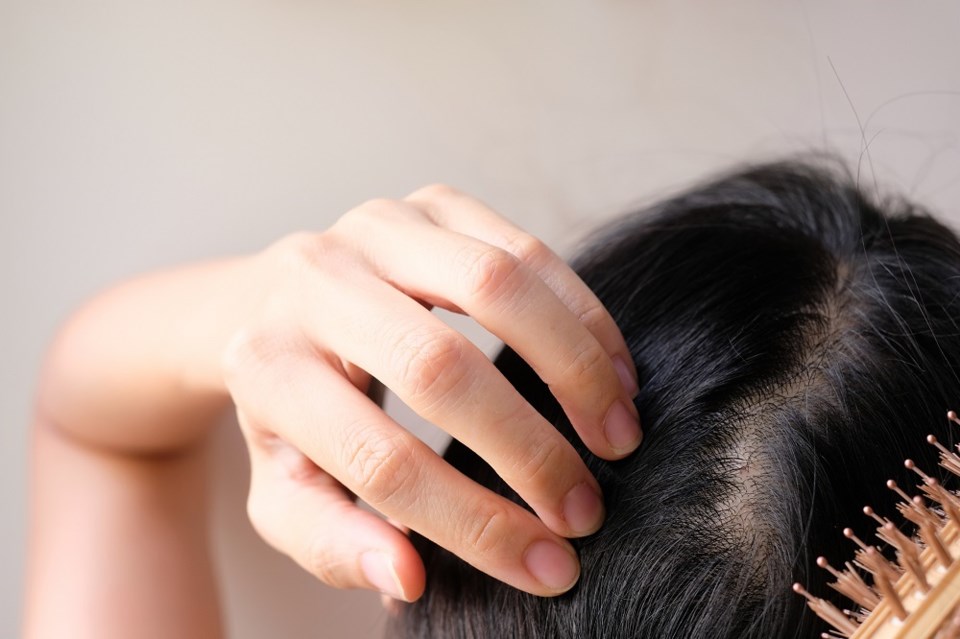The following was submitted to Glacier Media from Kareen Van Nen of Integrated Ink Scalp Micro Pigmentation in Port Moody, B.C.
I remember when we moved into our new home, and as a promise to our children, we had acquired a new puppy.
As my family gleefully received this ball of fluff, my husband captured the event by taking a video. Upon reviewing the footage, I was horrified to notice the not-so-subtle recession of hair above my temples. A sight that evoked memories of my own mother's gradual hair loss in her fifties.
I panicked.
My panic turned into a frantic research session and resulted in a sobering realization of the silent struggle many women face with hormonal hair loss.
Statistics underscore the prevalence of androgenic alopecia, commonly known as hormonal hair loss, among women. Research indicates that up to 40 per cent of women experience noticeable hair loss by the age of 50, with hormonal imbalances playing a significant role in its onset.
Contrary to common perception, hormonal hair loss is not confined to men. Just as men can trace their future hairline to that of their fathers, women too may inherit genetic predispositions that predispose them to hair loss as they age.
Female hormonal hair loss can be managed through various methods.
Topical treatments like minoxidil, commonly known as Rogaine (which is not just for men), have shown effectiveness in promoting hair regrowth by stimulating hair follicles. Additionally, some women have reported success with natural remedies such as rosemary oil, which is believed to improve circulation and stimulate hair growth when applied to the scalp.
Another innovative solution gaining popularity is scalp micropigmentation (SMP).
Like permanent makeup for the scalp, SMP involves the application of specialized pigments to create the illusion of denser hair follicles.
This technique can effectively camouflage thinning areas and create the appearance of a fuller head of hair, providing a non-surgical option for women seeking to address hormonal hair loss.
Ultimately, the most suitable treatment for female hormonal hair loss may vary depending on individual factors such as the severity of the condition and personal preferences.
Consulting with a dermatologist or a trichologist (hair and scalp specialist) woman's specific needs and goals.
The impact of hair loss, regardless of its cause, can be profound. By fostering open conversations and normalizing this condition, we can empower women to navigate their hair loss journey with confidence, education, and resilience.
Let’s work towards destigmatizing hair loss and providing support to those who may be struggling, ensuring that every individual feels seen, heard, and supported on their path to acceptance and self-love.



